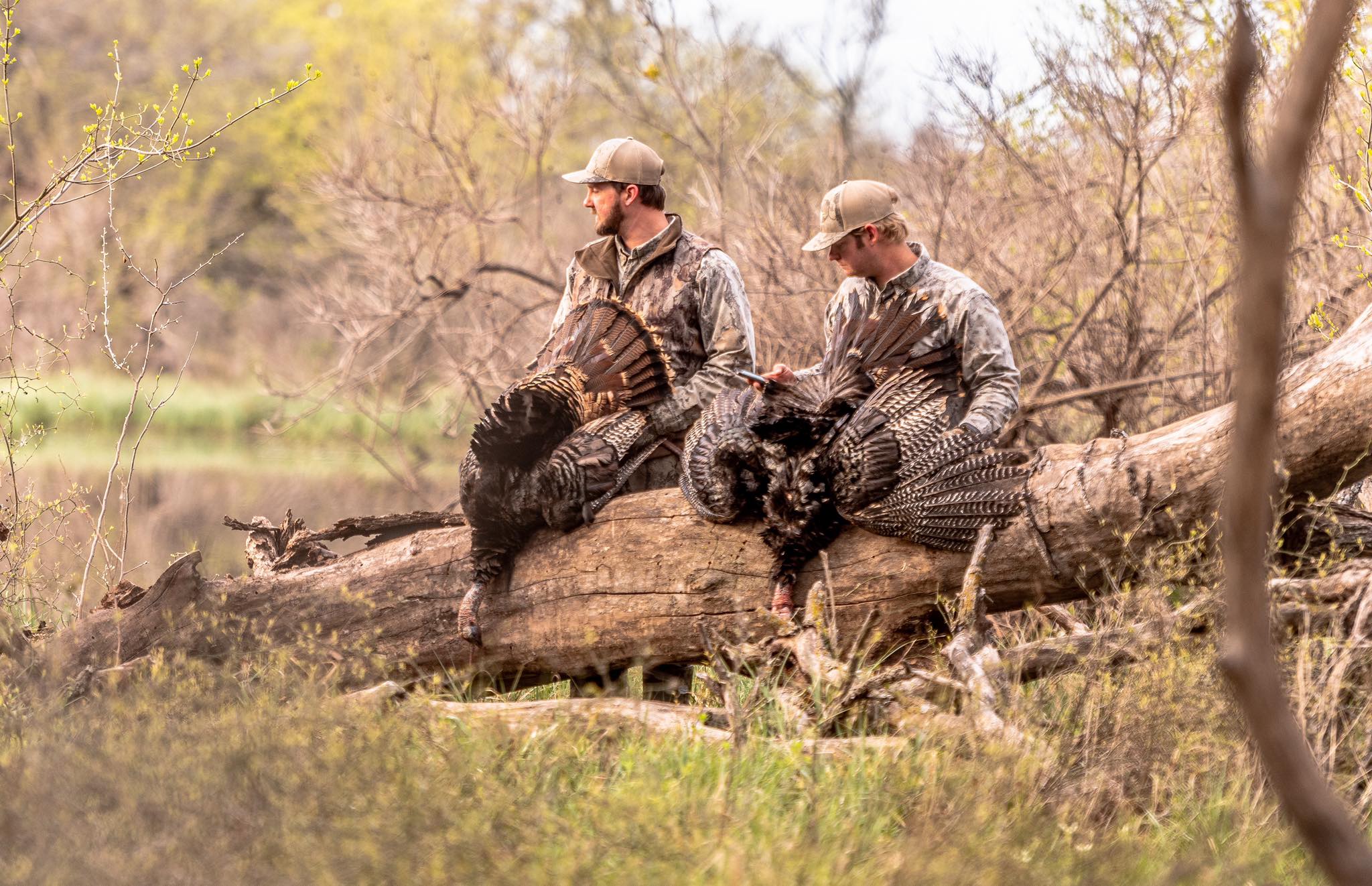Spring hunting presents a unique set of challenges and opportunities. As the weather warms and animals become more active, understanding how to manage wind and scent can make the difference between a successful hunt and going home empty-handed. While factors like gear, scouting, and shooting accuracy are crucial, wind and scent control are often overlooked aspects that can dramatically affect your hunting success. Animals like deer, elk, and even predators rely heavily on their sense of smell to detect danger — meaning if they catch your scent on the wind, the hunt may be over before you even spot them.
In this guide, we’ll break down how wind direction and scent work together, provide practical strategies for controlling your scent, and share expert tips for using the wind to your advantage during spring hunts.
🌬️ Why Wind and Scent Control Matter in Spring Hunting
Most big game animals have an incredibly sensitive sense of smell — far more advanced than human perception. For example:
- Whitetail deer can detect human scent from over 300 yards away under the right wind conditions.
- Elk have a sense of smell estimated to be up to 1,000 times more sensitive than humans.
- Coyotes and other predators rely almost entirely on scent and wind patterns when hunting or avoiding threats.
During spring, shifting weather patterns, rising temperatures, and increased humidity can make scent carry farther and linger longer. This makes understanding and manipulating wind and scent control even more critical.
🦌 Understanding Wind and Scent Behavior
✅ 1. How Wind Affects Scent
Wind determines how and where your scent travels. Here’s how different wind patterns affect hunting conditions:
- Steady Wind: A consistent breeze allows you to predict where your scent will travel, helping you position yourself downwind of your target.
- Swirling Wind: Common in valleys, hollows, and uneven terrain — swirling wind can carry your scent in unpredictable directions, making it harder to stay undetected.
- Thermal Currents: As the ground warms in the morning, heat rises and creates thermal currents that carry scent upward. In the evening, as the air cools, thermals reverse and push scent downhill.
👉 Pro Tip: Set up in a position where the prevailing wind carries your scent away from where game is expected to approach.
✅ 2. Wind Directions and Their Impact
| Wind Direction | Impact on Hunting | Best Strategy |
|---|---|---|
| Headwind (Blowing toward you) | Ideal – Game is unlikely to smell you. | Position yourself downwind from where animals are expected to appear. |
| Tailwind (Blowing from behind you) | High risk – Your scent is carried toward game. | Adjust your position or move to a crosswind setup. |
| Crosswind (Blowing across your line of sight) | Moderate – If controlled, can be used to your advantage. | Position yourself so that your scent is carried away from the animal’s approach. |
| Swirling Wind | Unpredictable – Can expose your position. | Avoid valleys and hollows; hunt higher ground where wind is steadier. |
🌲 Scent Control Strategies
Controlling human scent isn’t just about masking it — it’s about minimizing your scent signature and preventing it from spreading in the first place. Here’s how to handle it:
🔹 1. Scent-Free Clothing and Gear
- Wash your hunting clothes with scent-free detergent before the hunt.
- Store clothes in a plastic container or scent-free bag until you reach the hunting site.
- Avoid storing your gear in areas with strong odors (garage, kitchen, basement).
👉 Pro Tip: Use activated carbon or silver-infused base layers to absorb odor during long hunts.
🔹 2. Personal Hygiene Matters
- Shower with unscented soap and shampoo before the hunt.
- Use scent-free deodorant and avoid aftershaves, colognes, and lotions.
- Brush your teeth with baking soda or scent-free toothpaste to minimize breath odor.
🔹 3. Use Cover Scents and Attractants
- Cover scents like pine, earth, and acorn can help mask human odor.
- Animal-based scents like doe urine can attract game and cover your scent at the same time.
- Spray boots and hunting gear with natural cover scents to blend in with the environment.
👉 Pro Tip: Don’t overdo it — too much attractant can alert animals to something unnatural.
🔹 4. Manage Sweat and Body Odor
Spring hunting often means fluctuating temperatures that can cause sweating. Sweat introduces bacteria and odor, which animals can detect easily.
- Wear moisture-wicking base layers to keep sweat off your skin.
- Bring scent-killing wipes to refresh yourself mid-hunt.
- Keep a backup shirt or jacket and change if you start to sweat heavily.
🔹 5. Scent-Free Footwear
Your boots can carry a lot of scent — from human sweat to gas or oil from the drive.
- Clean boots with scent-free soap before the hunt.
- Spray them with scent-eliminating spray before and during the hunt.
- Step through natural elements like mud, pine needles, or leaves to cover boot scent.
🚶♂️ Positioning Yourself with the Wind
🏹 1. Set Up with a Headwind
- Always try to approach and set up with the wind in your face.
- If possible, find higher ground to avoid swirling wind pockets.
- Adjust your stand or blind location to keep the wind carrying your scent away from game trails.
🦃 2. Use Crosswinds to Your Advantage
- Crosswinds allow you to stalk animals without directly alerting them.
- Position yourself at a 90-degree angle to the wind so your scent drifts away from your target.
🌄 3. Adapt to Changing Thermals
- Morning: Rising thermals push scent upward — set up on higher ground.
- Evening: Falling thermals push scent downhill — position yourself below expected game movement.
🎯 Advanced Tips for Wind and Scent Mastery
✔️ Test the Wind Constantly – Use a wind-checker bottle or light powder to monitor changes in wind direction.
✔️ Hunt the Edge of Wind Zones – Set up at the edge of scent-carrying zones to monitor animal movement.
✔️ Use Natural Obstacles – Dense brush, rock outcrops, and tree lines can help block and redirect wind.
✔️ Stay Flexible – If the wind changes, adjust your position immediately. Don’t hesitate to relocate if the wind is working against you.
🏆 Conclusion
Mastering wind and scent control is one of the most critical factors for successful spring hunting. By understanding how wind direction and thermals work, managing your personal scent, and positioning yourself strategically, you can avoid detection and increase your chances of a successful hunt. Whether you’re tracking a wary buck or trying to call in a turkey, keeping the wind in your favor and minimizing your scent signature will put you one step ahead of your prey. This spring, make scent and wind control a priority — and watch your success rate soar. 🏹


